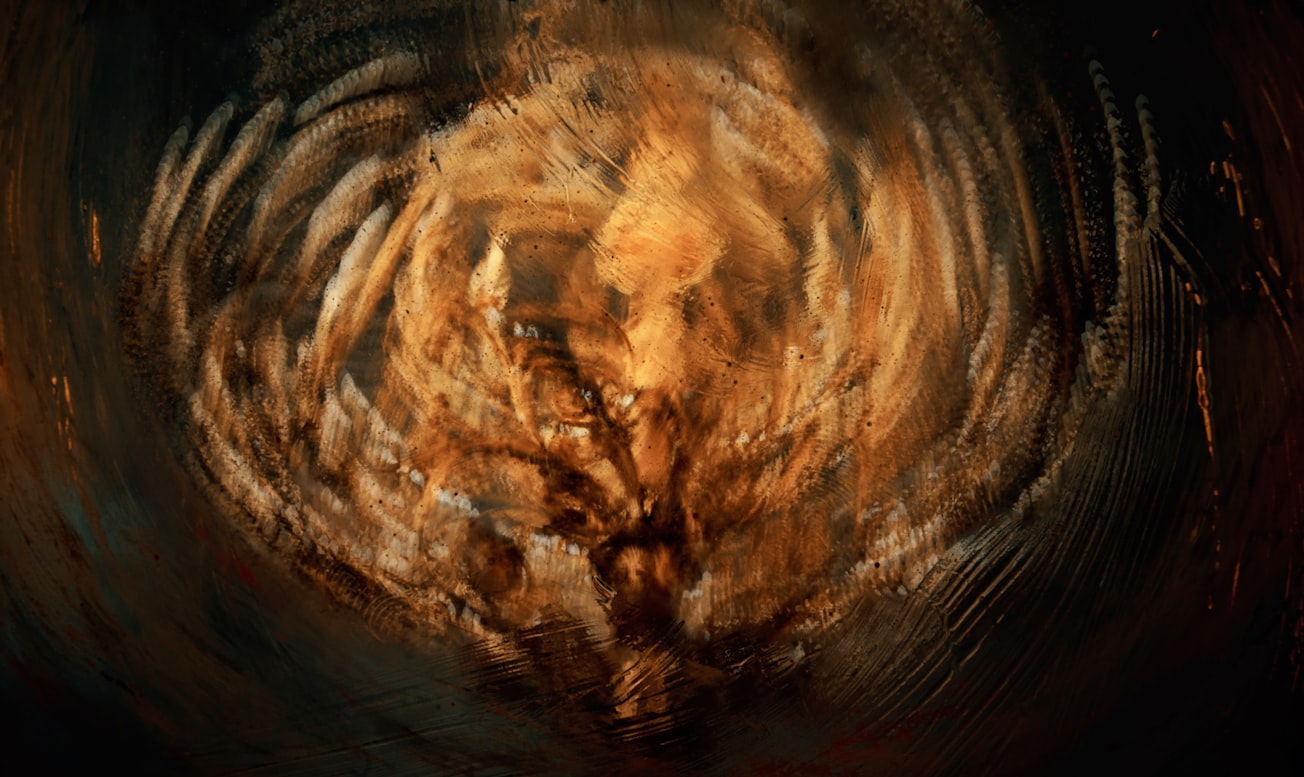What is it about?
We should not dismiss replicas but build them into composite biographies of things. Two interlinked case studies illustrate the value of such an approach, exploring the replication of the St Andrews Sarcophagus and Norrie's Law hoard in 1839, in the context of nineteenth-century antiquarian practices, and the legacies of this for today. The St Andrews Sarcophagus and Norrie’s Law hoard are two of the most important surviving Pictish relics from early medieval Scotland. The entanglement of their later biographies is also of international significance in its own right. Soon after discovery in nineteenth-century Fife, both sets of objects were subject, in 1839, to an exceptionally precocious, documented programme of replication through the enlightened auspices of an under-appreciated antiquarian, George Buist. This well-evidenced case study highlights how and why replicas, things that are widely prevalent in Europe and beyond, are a ‘thick’ and relatively unexplored seam of archaeological material culture that we ignore at our peril. These particular replications also offer new insights into the vision, intellectual and practical energies of early antiquarian societies, and their web of connections across Britain and Ireland.
Featured Image

Photo by Jr Korpa on Unsplash
Why is it important?
Winner of the St Andrews Preservation Trust 2015 Murray Prize for History, awarded biennially to a member of staff or postgraduate student of a Scottish University for an outstanding piece of original research on the history of historical heritage of St Andrews
Read the Original
This page is a summary of: The Legacy of Nineteenth-century Replicas for Object Cultural Biographies: Lessons in Duplication from 1830s Fife, Journal of Victorian Culture, April 2014, Oxford University Press (OUP),
DOI: 10.1080/13555502.2014.919079.
You can read the full text:
Resources
Contributors
The following have contributed to this page







